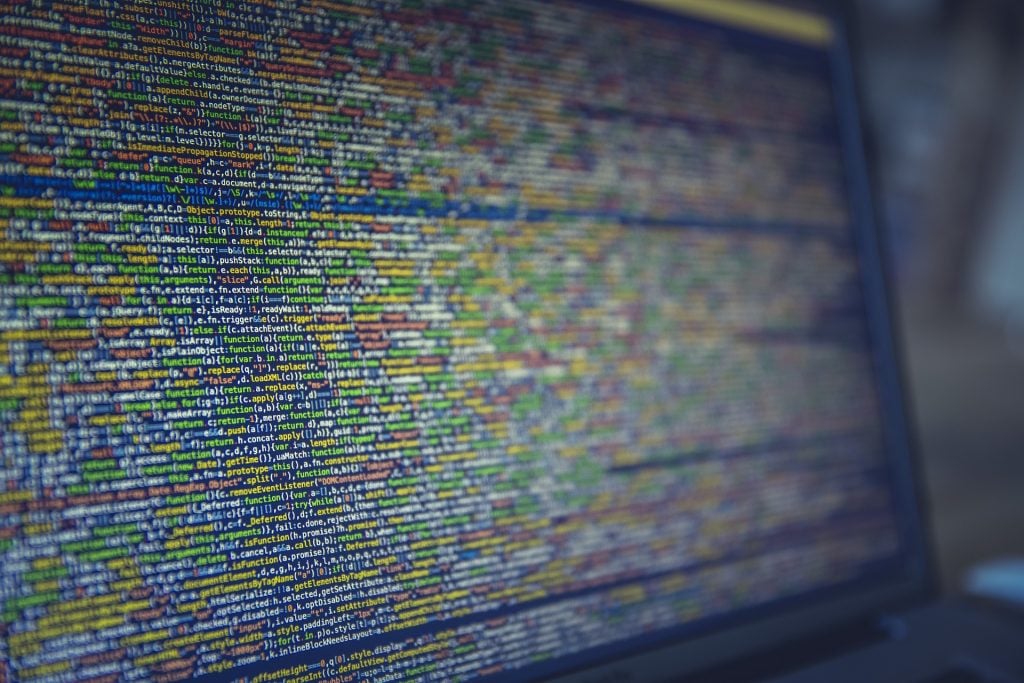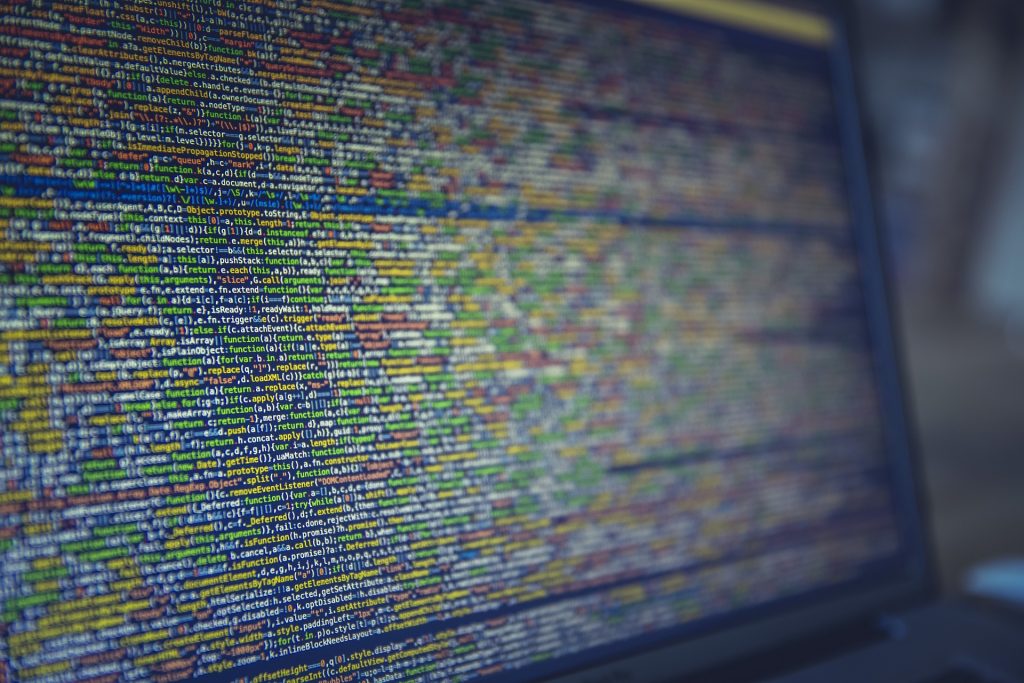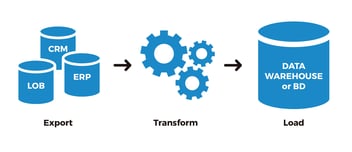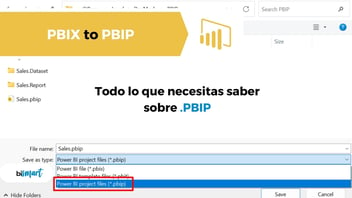Big Data is everywhere today. Here are five ways it's used in your daily life - that you may not even realize are taking place around you.
Big Data really is ubiquitous these days, and sometimes we might not even realize how much it affects our everyday lives. It is getting harder and harder to function in normal society without the presence of Big Data somehow in your life. Many of the changes are so subtlety convenient we barely notice them. It's no exaggeration to say that Big Data is everywhere today. Here are five ways it's used in your daily life.
1. Mobile maps and GPS
Remember reading maps to take a road trip? You’d have a bunch folded up in the dashboard of your car to take out when you would inevitably get lost on a trip to the mountains or beach. Then we had MapQuest: before embarking on a multi-stop business trip, one would meticulously plan their stops in advance, being sure to print the appropriate instructions, perhaps only to find that a road closure had left you completely in want of new directions. Finally, with satellite GPS technology, we are able to enter in our start and end points from virtually anywhere and get real-time travel instructions in most industrialized places on the globe!
Today, Big Data allows for the continual improvement of mobile mapping. Since the Internet of Things is something that improves the more it is used, with the introduction of more mobile apps and more smartphones as well as the liberalization of telecom grids, the amount of Big Data that goes into providing accurate real time directions is staggering.
Now we take it for granted, but if you log into Google Maps on your smart device now, you will notice that the directions provided are always getting better and more detailed, with options for cycling, and in some cases public transportation. More developed smart cities may even provide intermodal transit routes that will be the fastest from point A to point B.
Do you want to learn how to make data-driven decisions in 8 steps? Download our free e-book with 8 tips on how to make data-driven decisions!
2. Online Shopping
Since the growth of Big Data in retail, the entire industry is completely changing. Retailers use Big Data from the moment you begin your search through targeted advertisements all the way to the delivery of your parcel, in Amazon’s case even placing the package inside your home with its new Amazon Key service. Of course, Big Data is present with online shopping in that your tendencies are being noted by web browsers, maybe even with GPS as well, to target you with effective advertisements.
A shopper’s online profile only gives the retailer a fraction of the information that will allow them to optimize their offerings. By tracking clicks – maybe a book purchase on a Monday and a film the following week – the retailer can begin to form a more substantially useful purchasing profile. That, together with demographic and location information allows the retailer to consolidate mass quantities of data from other shoppers through complex event processing, allowing for dynamic customer segmentation and online retail success.
Big Data is also affecting retail in real space. A great example is the new retail concept from Nordstrom. Nordstrom Local is a shop that is using Big Data technology to minimize retail space: a store that sells nothing. Business Insider reports that the store will be just 3,000 square feet, and consist of dressing rooms. Personal stylists will retrieve goods from other Nordstrom locations or through the Nordstrom website.
This is only possible due to the way Big Data allows for fast, accurate transport of goods in real time. Customers can shop online, then go to the “shop”, try things on, test them out, and then complete their purchase. They can choose to walk out with an item or have it delivered to their home.
Big Data will certainly lead to some other creative retail models in the near future as space becomes more expensive and warehouses are more lucrative.
3. Urban Planning
Big Data is constantly being used in the context of smart cities to plan urban centers. Big Data allows urban planners to develop a new understanding of how cities function. This is also on a much shorter timelines than previously available. Urban planners can think of planning cities over the course of minutes, hours and days rather than years or decades. A good example of Big Data in urban planning is how data can affect public transport functionality.
Now, underground systems can track the flow of passengers in real time. This can be from data from ticketing systems when people enter or exit a train. Transport operators can use that information to determine peak ridership timesshopper’s online profile. Then, they can adjust the number of cars available on the tracks in certain areas at certain times of the day. Delays or accidents can also be reported, and communicated in real time with passengers so they can adjust their travel plans accordingly. This is particularly useful in cities where large events happen on a regular basis.
4. Energy Consumption
Big Data allows smart meters to self-regulate energy consumption for the most efficient energy use. Smart meters collect data from sensors all over an urban space. They determine where energy ebbs and flows are highest at any given time, much like transportation planners do with people. Then, the energy is redistributed across the entire grid to go to the places it is needed most. Smart meters may be expensive in the short term, but they are going to be the new norm. They will automatically adjust to ensure the efficient distribution of energy in a given network.
5. Data-driven decisions
One of the areas of our daily lives where Big Data has the greatest impact is undoubtedly the business world. It is clear that data is already part of the business ecosystem and, nowadays, practically all companies use data to obtain valuable information about consumers, as well as to analyse their own activity and be able to make data-driven decisions.
In order for data sets to be transformed into knowledge, Big Data has to go through processes such as data integration, data governance and data quality. All these processes are essential in a world in which, even now, companies are still not data-driven.
At Bismart, as a Microsoft Power BI partner company, we try to advise our clients on the best methodologies and procedures to implement a data-driven culture. Recently, we have created an e-book with the 8 essential tips to make data-driven decisions. Download it now, it's totally free!
These are just five ways that Big Data is everywhere in today's world. There are many more - and we can't wait to see what the future will bring.





